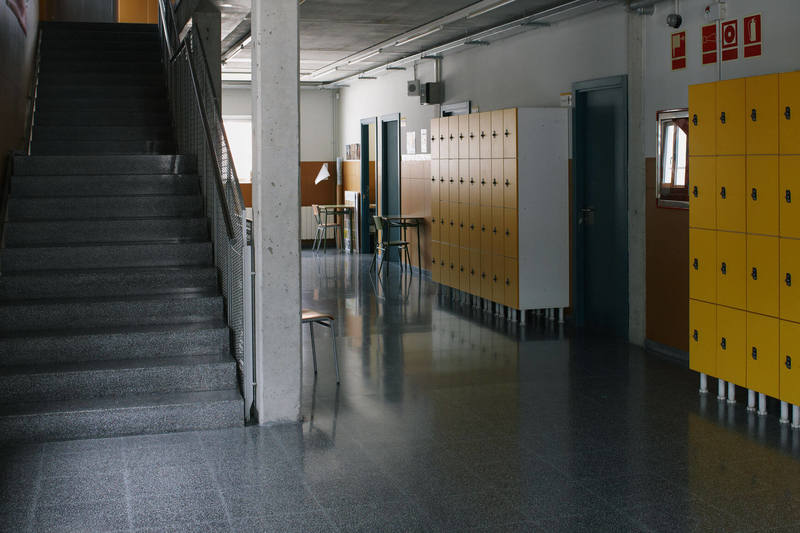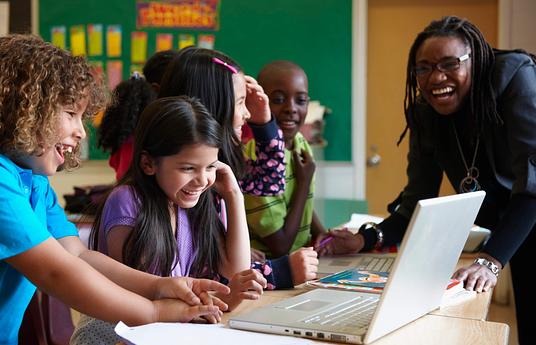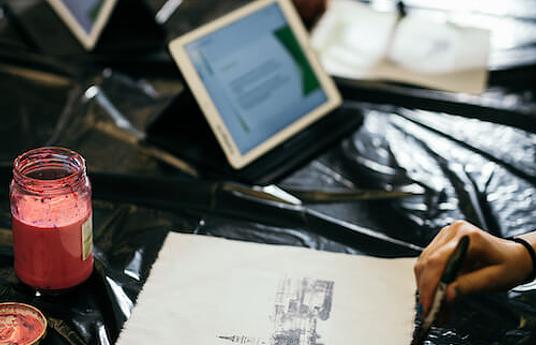Students, parents, and educators are feeling the extraordinary ripple effect of the coronavirus as schools shut down and quarantine methods are ordered amidst the public health emergency. In this series, we want to share best practices from our community and how our educators and innovators are managing school shutdowns, distance learning and more. Veeraiah Kummari a High School Teacher in Oberursel, Germany, and Dr. Tyler S. Thigpen, Co-Founder at The Forest School, share their plans on how to mitigate the spread of the virus while maintaining personal connection, clarity, and collaboration through e-learning.
Veeraiah Kummari, Senior High School and IB Chemistry Teacher in Oberursel, Germany

We haven't closed schools here in Germany yet, but we have contingency plans in place to offer distance learning to all our students. As a senior high school and IB chemistry teacher, here are my e-teaching plans for the near future:
1. Personal Connection: Making short screencasts to explain core concepts and embedding them on 'PowerSchool' / 'Google Classroom' gives students that personal connection with their teachers and it could be done using simple apps. ‘Flipgrid’ is a popular one. I used ‘Camtasia’ software to create YouTube videos for chemistry.
2. Clarity: If we could clearly communicate the goal(s) of each of our assignments using rubrics and share exemplars of related content, we wouldn’t have to worry about spending too much time on face-to-face meetings. I intend to use interactive e-textbooks and smart learning platforms, such as ‘Kognity’ and ‘Seneca Learning’ with students to assign reading and practice exercises. The former provides statistical evidence of student participation and achievement.
3. Collaboration: Assigning collaborative tasks, say investigations using simple materials at home, posters, projects, group discussions etc. and by grouping self-starters and high achievers with struggling students, we could promote motivation and increased participation. I’ll also be slightly generous with extrinsic rewards for completing major assignments which might still count towards their semester grade.
4. Metacognition: Encourage learners to maintain a reflective journal to jot down their strengths and limitations on each of the major assignments which in turn should help teachers to have productive webinars / Q&A sessions. My colleagues and I will be using ‘Zoom’ to organize video conferencing to answer student questions and offer mini-tutorials.
Most of the student evidence from the above-mentioned tasks could be shared either on Google Classroom or a similar platform, where they could upload Word files or images showcasing their written work. I also ran a mock e-learning session on campus with students successfully where we sorted out the technical nuts and bolts in order to have a fairly seamless virtual navigation. Most importantly, the goal is not to overwhelm students with assignments, but give them room to relax, reflect, and recuperate.
To read more on how to maintain rigor in Virtual Learning, here is the link to my blog
Dr. Tyler S. Thigpen, Co-Founder, The Forest School and the Institute for Self Directed Learning, USA

What if our community was presented with an opportunity to stay healthy, to contribute to the greater good, and to learn about and practice in the future of work? We believe now is such a time.
As a school, we are moving all learning and programming—including check-ins, Socratic launches, Quests, e-learning, and more—remotely. We are making this change for three main reasons:
- By not convening in person we can help slow the spread of COVID-19.
- Currently, a few of our Forest School learners are sick but have not yet been tested for COVID-19. Out of an abundance of caution, we feel it's best to pause in-person convenings to mitigate spread among our own community.
- The reality of COVID-19 is already affecting our Studios. We've been down 15+ heroes everyday this week, and those absences are impacting goal setting, launches, group work, Theatre Quest, Studio maintenance, and more. Working remotely will allow us to all be on the same page and working within the same parameters.
Our team is not living in fear, and we don't want the heroes to live in fear. We see this as a way that we can help one another and our larger community. And how amazing is it that we live in a time of technology where life and learning can go on digitally!
If you are interested in finding out more about how schools can encourage teachers & families, read more here.
We thank our community members like Veeraiah Kummari & Tyler S. Thigpen for offering support and resources in this time of need. For more articles, innovations & resources, head to our Educator Toolkit especially designed to support educators & parents during this COVID-19 outbreak.



